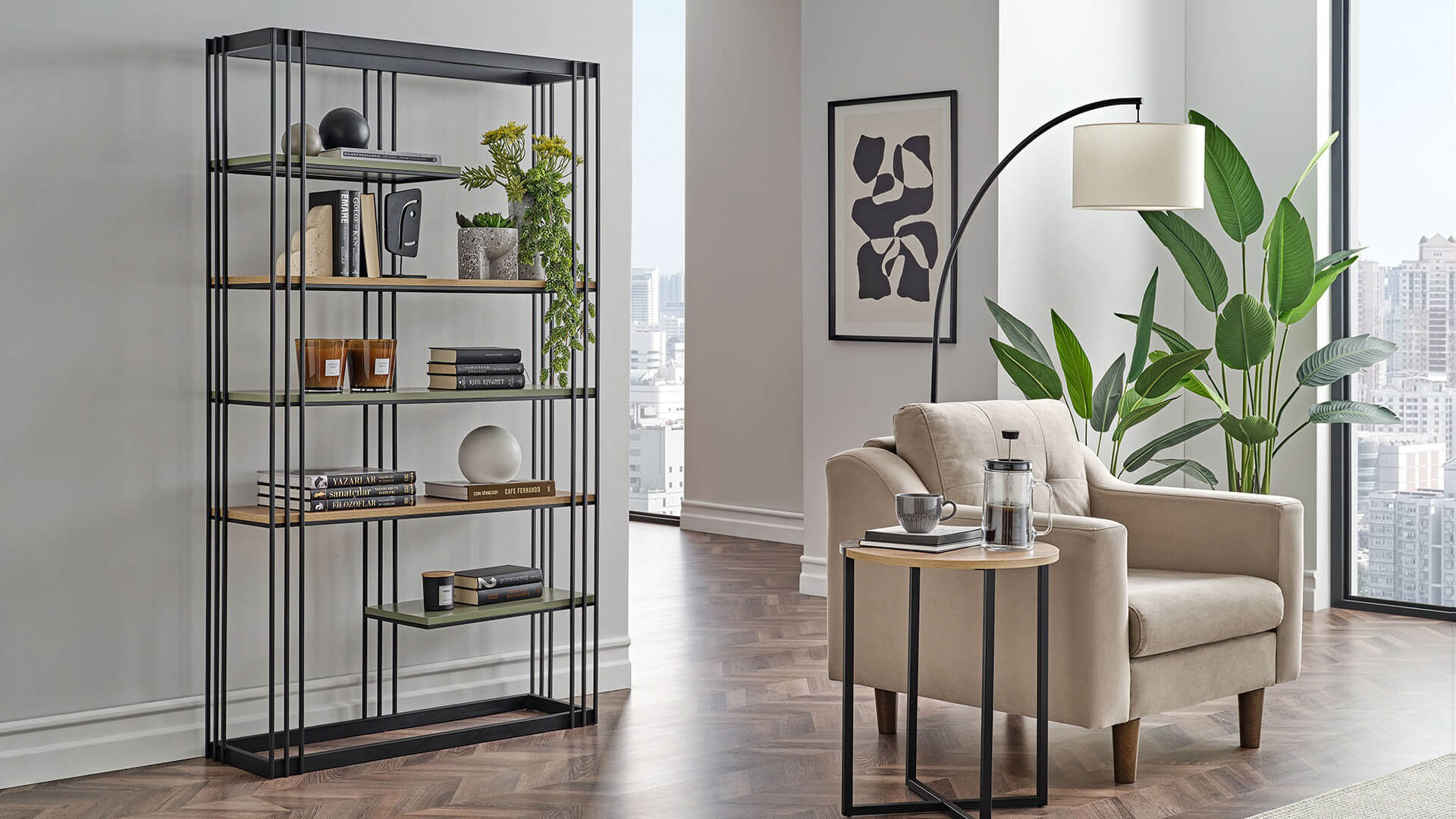
Less Stuff, More Impact: Sustainable Decoration Ideas
Today, creating living spaces that are both environmentally friendly and aesthetically pleasing has become more important than ever. Sustainable decoration is not just about being eco-conscious; it’s also the key to creating a calm, functional, and minimalist home environment. By embracing the idea of “less stuff, more impact,” you can contribute to the planet while transforming your home into a more peaceful and clutter-free space.
In this blog post, we’ll explore sustainable living, minimalist home design, eco-friendly furniture, and green interior design ideas. You’ll also find practical, budget-friendly solutions to implement sustainable decoration ideas in your own home.
What Is Sustainable Decoration?
Sustainable decoration refers to interior design that uses resources efficiently, minimizes environmental harm, and incorporates recyclable or natural materials. It encourages long-lasting, high-quality, and eco-friendly alternatives to fast consumption habits.
Key principles of this approach include:
- Low consumption, high functionality
- Recyclable or natural materials
- Long-lasting furniture and objects
- Energy efficiency
- Second-hand or upcycled items
Why Choose Sustainable Decoration?
- Eco-friendly: Conserves natural resources and reduces your carbon footprint. Using recycled furniture is a great example.
- Budget-conscious: Fewer items and durable products help save money.
- Mentally refreshing: A clutter-free space supports mental well-being.
- Unique style: Sustainable products add personality and originality to your space.
Key Elements of Sustainable Interior Design
- Minimalist Home Design
Minimalist decoration is one of the core elements of sustainable living. The idea is “less but better.” Every item in your home should serve a purpose.
- Eliminate unnecessary items
- Use light color palettes to enhance brightness
- Maximize space efficiency to reduce storage needs
- Recycled Materials in Decoration
Recycled materials are at the heart of sustainable design. From coffee tables made of pallet wood to chandeliers from old glass bottles and cushions made of textile waste, the possibilities are endless.
Ideas to try:
- Shelves made from recycled wood
- Cushions crafted from fabric scraps
- Light fixtures created from glass jars
- Second-Hand and Vintage Items
Second-hand furniture plays an important role in reducing waste. Instead of buying new, consider decorating with well-maintained vintage pieces.
- Shop at flea markets and thrift stores
- Paint or reupholster old furniture to refresh its look
- Natural and Organic Materials
Choosing natural materials over plastic benefits both your health and the environment.
- Textiles made of cotton, linen, or bamboo
- Walls painted with organic paint
- Solid wood furniture that brings the outdoors in
- Energy-Efficient Lighting and Appliances
Energy-efficient solutions protect the environment and reduce your utility bills.
- Use LED bulbs
- Opt for sheer curtains to maximize daylight
- Choose energy-efficient household appliances
Color and Style Tips for Sustainable Interiors
Color affects both the mood and energy use of your living space.
- Light tones (white, beige, light gray): Reflect sunlight and reduce need for artificial lighting
- Earth tones (green, brown): Promote harmony with nature
- Matte, natural finishes: Use recyclable or eco-friendly coatings
How to Create More Impact with Fewer Items
Functional Furniture
Choose furniture with multiple purposes:
- Beds with built-in storage
- Foldable tables and chairs
- Modular bookshelves
Bring in Plants
Indoor plants clean the air and bring life to your space while supporting natural cycles.
- Choose low-maintenance varieties like aloe vera or snake plant
- Use second-hand or repurposed pots
Fewer, But Meaningful Accessories
Avoid clutter by choosing a few meaningful, story-rich accessories:
- Handcrafted ceramics
- Locally made textiles
- Art pieces or family heirlooms
The Future of Sustainable Decoration
With the climate crisis and shrinking resources, our lifestyles are evolving. Sustainable interior design is a beautiful and responsible way to keep up with this change.
Emerging trends include:
- Biodegradable materials
- Carbon-neutral homes
- AI-assisted energy solutions
- Eco-conscious painting techniques
Sustainable, Stylish Living with Less
Less stuff, more impact is more than just a decorating trend — it’s a lifestyle. By embracing simplicity, prioritizing eco-conscious choices, and being intentional with what you own, you can create a living space that supports your well-being and the health of our planet.
